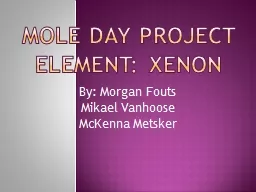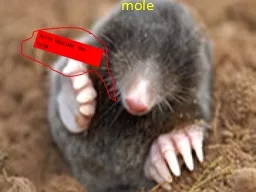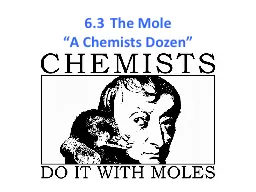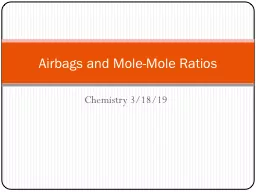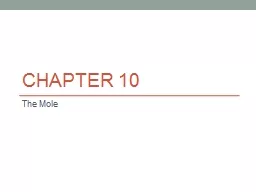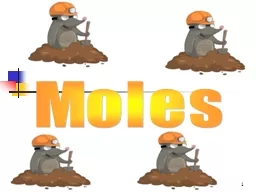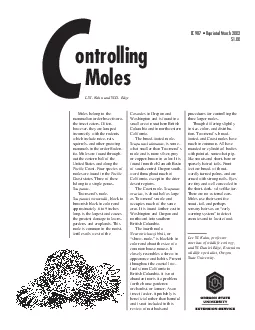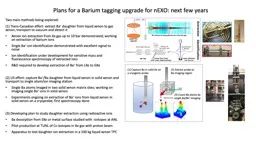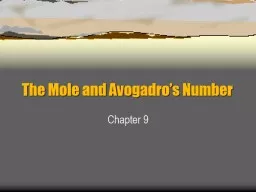PPT-Mole Day Project Element: Xenon
Author : tawny-fly | Published Date : 2016-08-14
By Morgan Fouts Mikael Vanhoose McKenna Metsker History Research Discovered by Sir William Ramsay Scottish chemist and Morris M Travers English chemist They had
Presentation Embed Code
Download Presentation
Download Presentation The PPT/PDF document "Mole Day Project Element: Xenon" is the property of its rightful owner. Permission is granted to download and print the materials on this website for personal, non-commercial use only, and to display it on your personal computer provided you do not modify the materials and that you retain all copyright notices contained in the materials. By downloading content from our website, you accept the terms of this agreement.
Mole Day Project Element: Xenon: Transcript
Download Rules Of Document
"Mole Day Project Element: Xenon"The content belongs to its owner. You may download and print it for personal use, without modification, and keep all copyright notices. By downloading, you agree to these terms.
Related Documents

